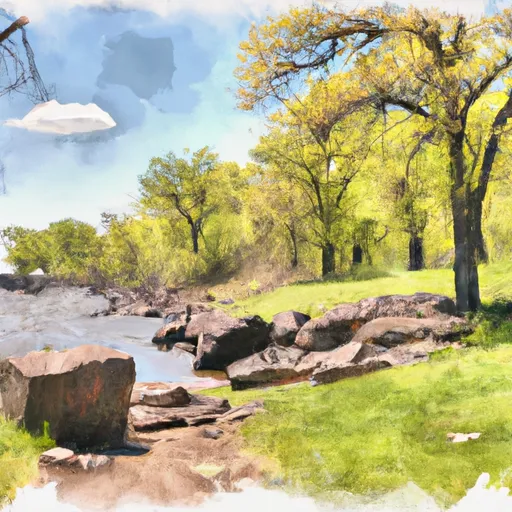°F
°F
mph
Windspeed
%
Humidity











Spirit Lake is a charming city located in Dickinson County, Iowa. The region experiences a humid continental climate, characterized by warm summers and cold winters. Average temperatures range from the mid-20s°F in winter to the mid-80s°F in summer. Precipitation is evenly distributed throughout the year, with snowfall occurring in the winter months.
Situated by the beautiful Spirit Lake, the city offers various outdoor recreation opportunities. The lake is the largest natural lake in Iowa, providing opportunities for boating, fishing, and water sports. Anglers can enjoy catching a variety of fish, including walleye, bass, and northern pike. The lake also supports an impressive range of bird species, making it a popular spot for birdwatching.
In addition to Spirit Lake, the region boasts numerous parks and trails, perfect for hiking, biking, and nature exploration. The Gull Point State Park and the Dickinson County Nature Center offer educational experiences and guided tours. The area's stunning landscapes and diverse wildlife provide ample opportunities for outdoor enthusiasts to enjoy the natural beauty of Spirit Lake, Iowa.
Weather Forecast
Spirit-Lake receives approximately 754mm of rain per year, with humidity levels near 81% and air temperatures averaging around 8°C. Spirit-Lake has a plant hardyness factor of 5, meaning plants and agriculture in this region thrive during a short period during spring and early summer. Most plants will die off during the colder winter months.
Regional Streamflow Levels
180
Cubic Feet Per Second
132
Cubic Feet Per Second
6
Cubic Feet Per Second
421
Cubic Feet Per Second
Nearby Camping
| Camping Area | Reservations | Toilets | Showers |
|---|---|---|---|
| Pilot Grove Co Park | |||
| Legion City Park | |||
| Cold Spring Park | |||
| Rothenburg City Park | |||
| Prairie Rose State Park | |||
| Sunnyside Park Campground |



